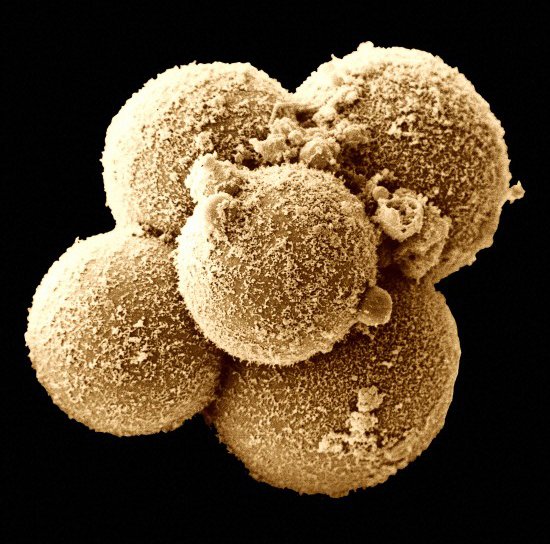Second genetic modification of human embryos

It is the second time a Chinese group uses CRISPR technology to transform human embryos. The goal was to avoid beta-thalassemia disease. They have now tried to transform the CCR5 gene from T cells. In fact, some people have a mutation in this gene that prevents access to the HIV cell. Thanks to this, the Chinese team has sought natural resistance to AIDS.
The research was carried out at the Institute of Medicine of the University of Guangzhou. As in the previous case, discarded human embryos have been used in assisted fertilization, which could not be developed if applied in the uterus. They have used 26 embryos, of which four have managed to put the mutation.
Researchers have come to the conclusion that the work done is useful to advance in genetic transformation, but there are still technical problems to overcome. Until these problems are solved and it is shown that the technique is effective and safe, it is recommended that it not apply to human embryos.
Buletina
Bidali zure helbide elektronikoa eta jaso asteroko buletina zure sarrera-ontzian











